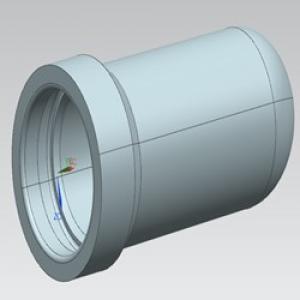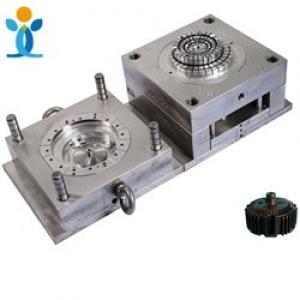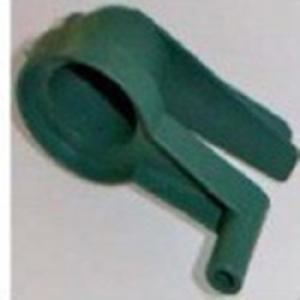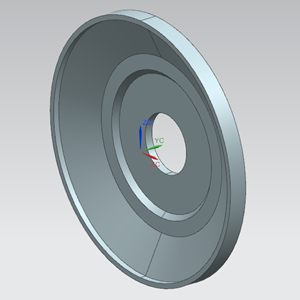how to design vacuum forming mold
how to design vacuum forming mold
1. When the batch is small, copper is used as the mold material. Large batch, using multi-cavities and aluminum mold to produce.
2. In geometric design, dimensional stability and surface quality are often considered. For example, the product design and dimensional stability require the use of female mold (female mold), but the products with higher surface requirements for glossiness require the use of male mold (male mold), so that the plastic ordering party will take these two points into consideration, so that the products can be produced under the best conditions. Experience has proved that the design which does not meet the actual processing conditions is often a failure.3. Dimensional stability, in the process of forming, the surface of the plastic part contacting with the mold is better than the dimensional stability of the part leaving the mold. If the material thickness is required to be changed due to the material rigidity in the future, it may lead to the conversion of male mold to female mold. The dimensional tolerance of plastic parts shall not be less than 10% of shrinkage.
4. The surface of the plastic part, in terms of the range that the molding material can cover, the surface structure that the plastic part can meet shall be formed at the contact with the mold. If possible, do not contact the mold surface with the polished surface of the plastic part. It's like making bathtubs and washbasins out of molds.
5. If mechanical horizontal saw is used to cut off the clamping edge of the plastic part, there should be at least 6-8mm allowance in the height direction. Other finishing work, such as grinding, laser cutting or jet cutting, must also have margin. It should be noted that the clearance between the cutting lines of the cutting edge die is the smallest and the distribution width of the punching die is also very small during the trimming.
6. Shrinkage and deformation, plastic is easy to shrink (such as PE), some plastic parts are easy to deform, no matter how to prevent, plastic parts will deform in the cooling stage. In this condition, we must change the shape of the mold to adapt to the geometric deviation of the plastic part. For example, although the plastic part wall is kept flat, its reference center has deviated from 10 mm; the mold base can be raised to adjust the shrinkage of this deformation.
7. Shrinkage, in the manufacturing of Blister molding must take into account the following shrinkage factors. ① Shrinkage of formed products. If the shrinkage of the plastic cannot be clearly known, it must be obtained by sampling or by testing with a mold of similar shape. Note: only shrinkage can be obtained by this method, and deformation size can not be obtained. ② Shrinkage caused by the adverse effect of intermediate medium, such as ceramic, silicone rubber, etc. ③ Shrinkage of the mold material , such as casting aluminum itself shrinkage.





